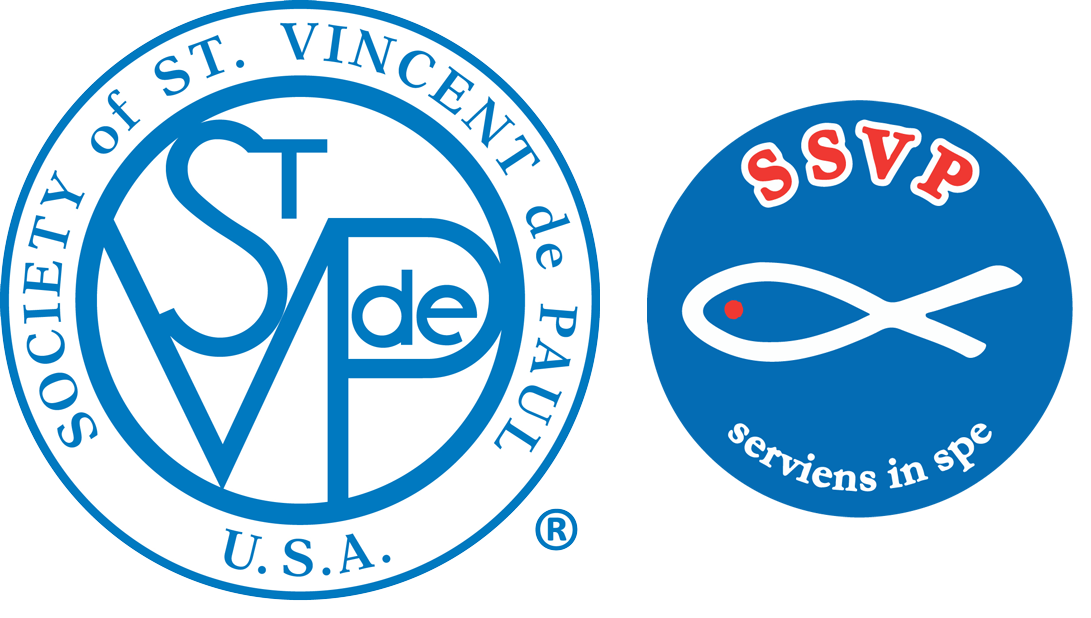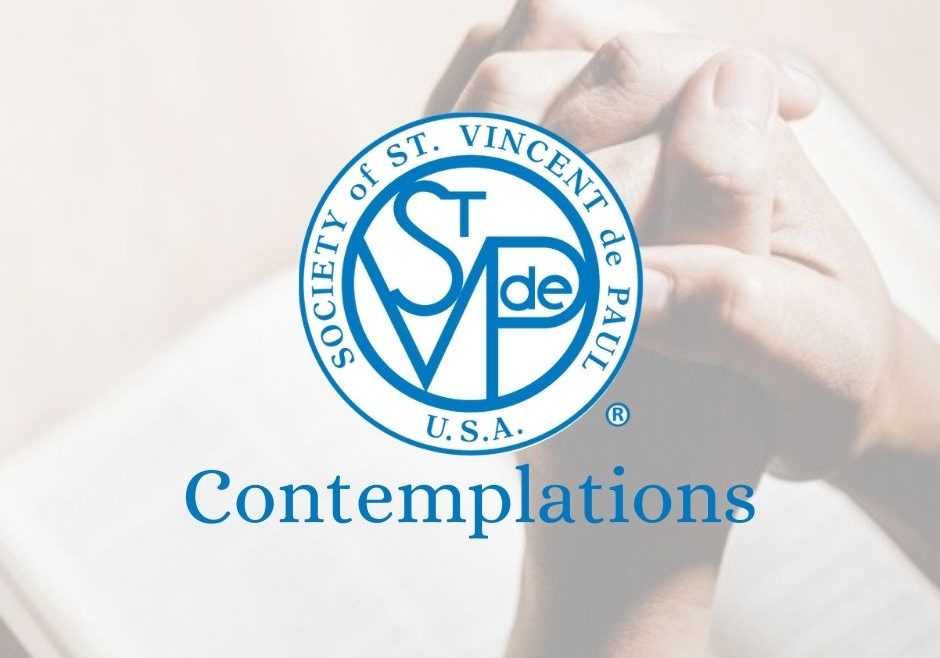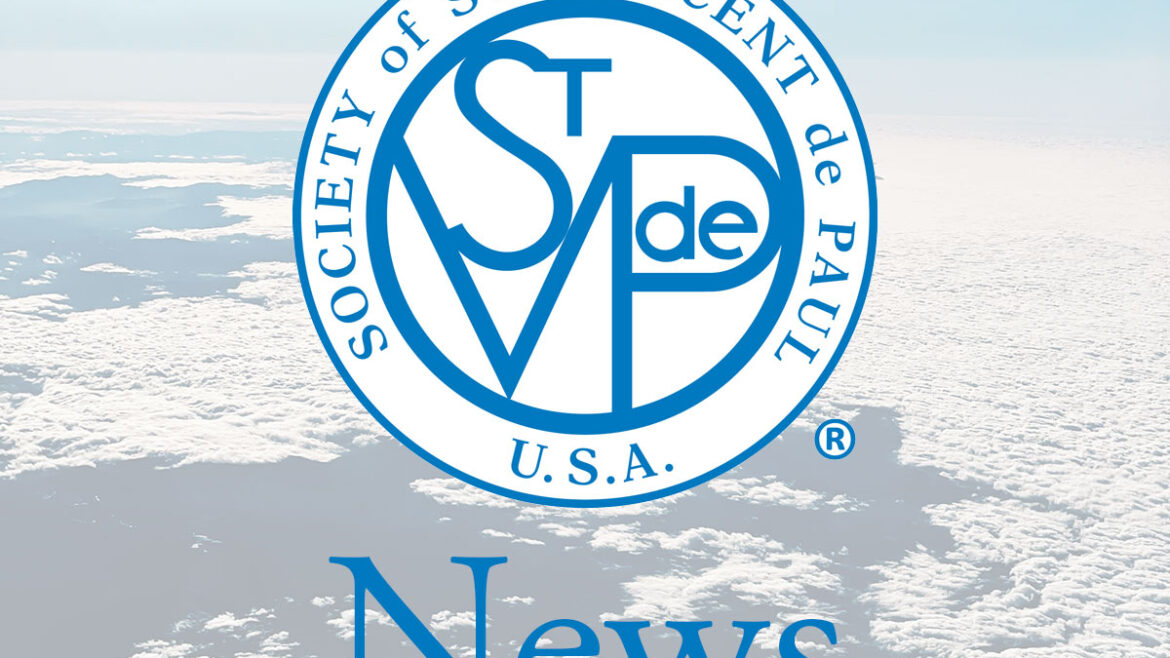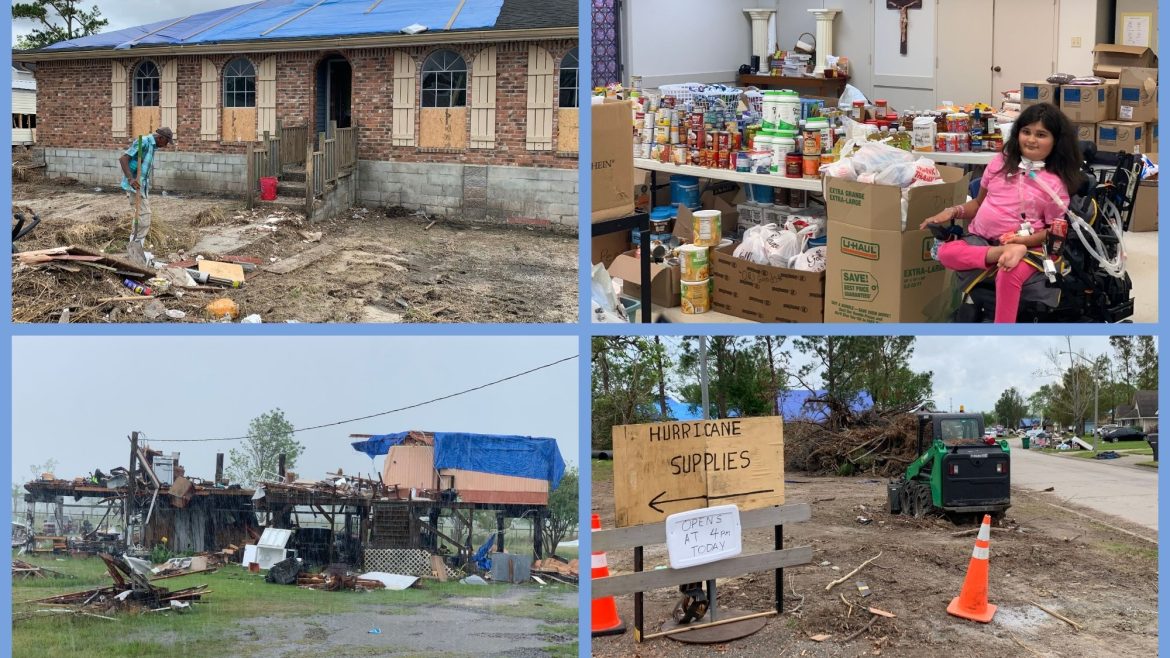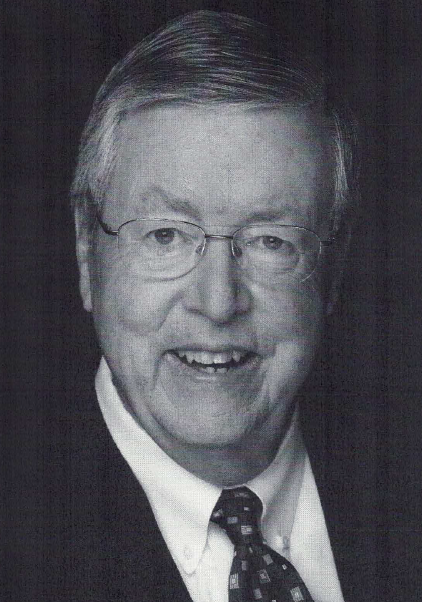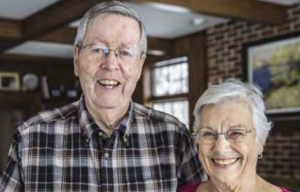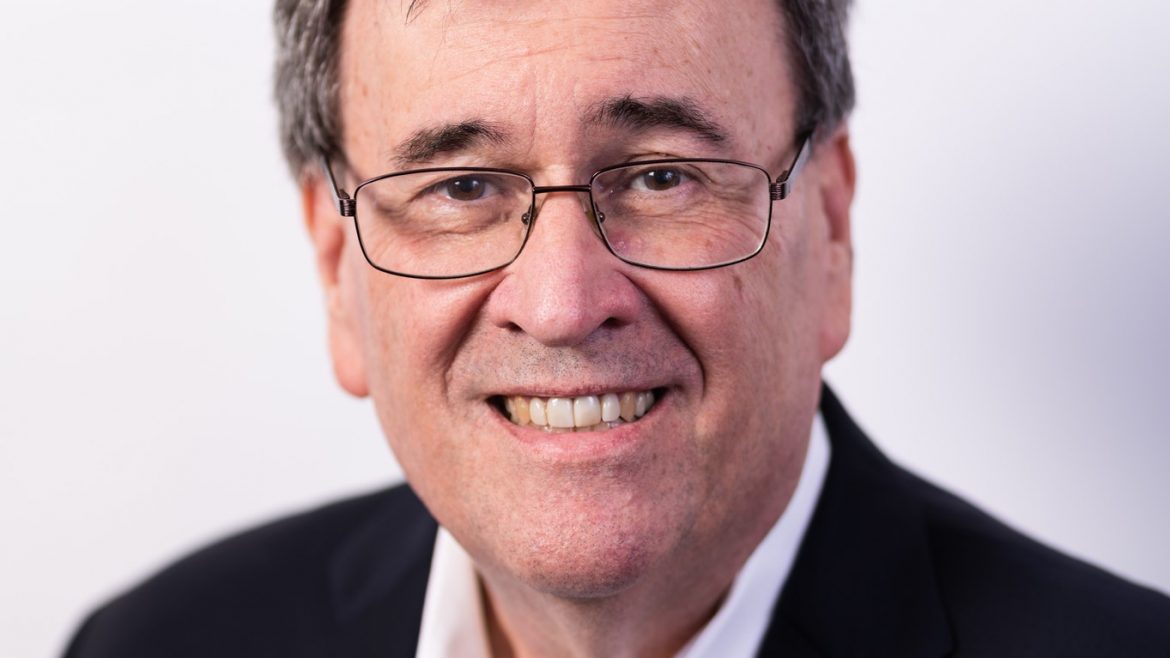Given that our Rule [Part I, 2.2] reminds us that our “ideal is to help relieve suffering for love alone,” it seems fair to say that the heart of our Vincentian vocation lies in … our hearts. How can our human hearts be filled with enough love? The answer perhaps begins with the Greatest Commandment, which calls us first to “love the Lord, your God, with all your heart…”
Our hearts lead us very powerfully, filled with our hopes and our dreams, our joys and our fears. Left to their own devices, our hearts can become distracted, our worries can keep us from serving God fully, even when we truly believe we are serving His will. It is because of this that we must first “Trust in the Lord with all your heart, on your own intelligence do not rely.”
As important as acts of virtue are, they are not complete unless they are both interior and exterior. In other words, if we seek to act “for the love of God,” [Catechism, 1822] we must seek first the love of God within us. This means letting go of the troubles of the day, giving them all to God, in order to make room for His love.
In his letters to St. Louise, who often struggled with anxieties, St. Vincent urged her to find peace in her heart, reminding her that “He will reign in you if your heart is at peace. So, be at peace, Mademoiselle, and you will honor in a sovereign way the God of peace and love.” [CCD I:111]
In this he echoed St. Augustine, who taught that “our hearts are restless, until they rest in You.”
We are taught to love, to trust, and to rest our hearts in the Lord! He assures us that “when you seek me with all your heart, I will let you find me…” What better way could there be to prepare to serve our neighbor than by giving our hearts first to God; by allowing His peace and His love to replace our desires and anxieties?
If we love God first and fully, if we love Him with all our hearts, they will be filled to overflowing with His love, and we will become His instruments to serve our neighbors in need.
“That is because,” Bl. Frédéric wrote, “the human heart easily allows itself to be captured by love and there is always much love where there is much faith.” [Letter 145, to Velay, 1837]
Contemplate
Do I sometimes let my own anxieties push God to the side?
